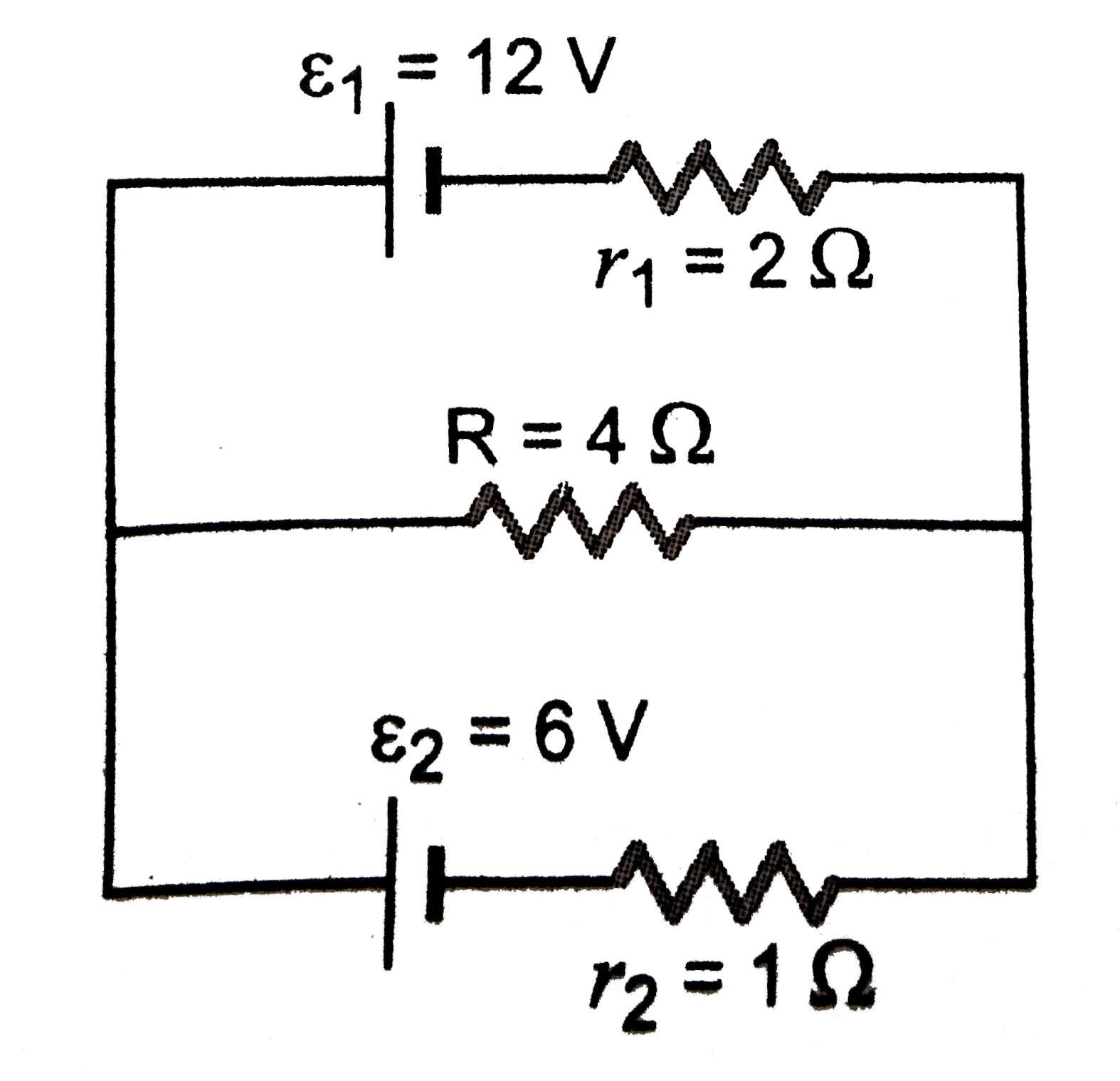Can an inductor have potential difference across it ends even if does not store any energy.
Yes, when i=0 but dldt≠0
Topper's Solved these Questions
- BOOK - AAKASH INSTITUTECHAPTER - ELECTROMAGNETIC INDUCTIONEXERCISE - Assignment (SECTION - A)46videos
ELECTROMAGNETIC INDUCTION
- BOOK - AAKASH INSTITUTECHAPTER - ELECTROMAGNETIC INDUCTIONEXERCISE - Assignment (SECTION - B)8videos
ELECTROMAGNETIC INDUCTION
- BOOK - AAKASH INSTITUTECHAPTER - ELECTROMAGNETIC INDUCTIONEXERCISE - ASSIGNMENT(SECTION -D) Assertion-Reason type Question)15videos
ELECTROMAGNETIC INDUCTION
- BOOK - AAKASH INSTITUTECHAPTER - ELECTRIC CHARGES AND FIELDS EXERCISE - SECTION -J(Aakash Challengers Questions)5videos
ELECTRIC CHARGES AND FIELDS
- BOOK - AAKASH INSTITUTECHAPTER - ELECTROMAGNETIC WAVESEXERCISE - ASSIGNMENT SECTION - D Assertion-Reason Type Questions25videos
ELECTROMAGNETIC WAVES
Similar Questions
Knowledge Check
- Question 1 - Select One
The potential difference across the membrane of nerve fibre when it does not show any physiological activity is called resting potential. It is about
A−60 mVB−70 mVC+60 mVD+90 mV - Question 2 - Select One
A condenser of capacity C is charged to a potential difference of V1. The plates of the condenser are then connected to an ideal inductor of inductance L. The current through the inductor wehnn the potential difference across the condenser reduces to V2 is
A(C(V1−V2)2L)12BC(V21−V22)LCC(V21+V22)LD(C(V21−V22)L)12 - Question 3 - Select One
A condenser of capacity C is charged to a potential difference of V1. The plates of the condenser are then connected to an ideal inductor of inductance L. The current through the inductor when the potential difference across the condenser reduces to V2 is :-
A[C(V1−V2)2L]12BC(V21−V22)LCC(V21+V22)LD[C(V21−V22)L]12
If the potential difference across the ends of a conductor is doubled, the energy loss becomes-
View SolutionIn L-R circit, the A.C. source has voltage 220V. If potential difference across inductor is 176V, the potential difference across the resistor (in Volts) is K×33. Find the value of K
View SolutionKeeping the resistance constant, the potential difference applied across the ends of a components is halved. By how much does the current change?
View SolutionA battery of potential V stores charge q on a combination of two identical capacitors. What are the potential difference across the end the charge or either capacitors if the capacitors are (a) in parallel and (b) in series?
View SolutionIf the potential difference across the ends of a conductor is doubled, the current flowing through it gets
View Solution


